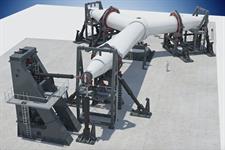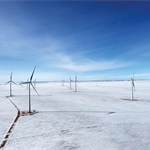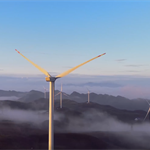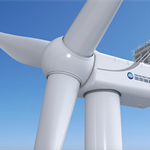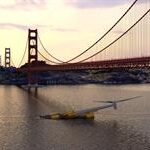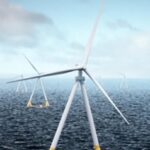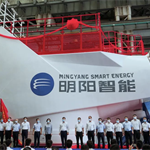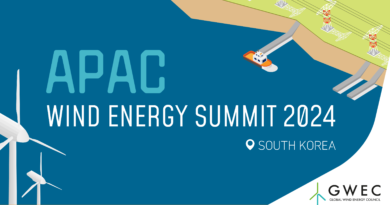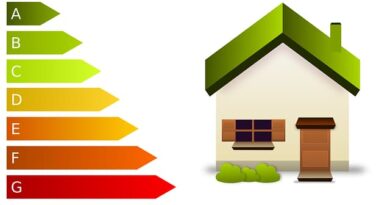GE plans tests for ever-larger turbine rotors
Energy Disrupter
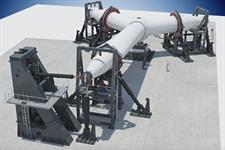
GE Renewable Energy is nearing completion of the largest wind turbine rotor test rig of its kind.
The rig at GE susibidiary LM Wind Power’s WMC Technology Centre in Wieringerwerf, in the north of the Netherlands, will be used to verify the strength and dynamic behaviour of onshore and offshore wind turbine rotors under mechanical loads caused by large blades.
GE explained that the knowledge gained at the test rig will be used to improve existing design tools and help it to create larger rotors.
It is building the rig, which is partly funded by the Dutch Ministry of Economic Affairs, alongside LM Wind Power and TNO, the Netherlands Organisation for Applied Scientific Research.
Construction and commissioning are expected to be completed in November 2020.
Hanif Mashal, LM Wind Power’s vice president of engineering, explained that this rig will enable the partners to verify inhouse the pitch bearings and pitch system that fix the wind turbine blades to the hub and enable blade pitching to maximise the captured energy while reducing loads on the turbine
He added: “This capability will provide our customers with a better understanding of the dynamic behaviour of large onshore and offshore rotors and will help LM Wind Power design ultra-large rotor blades by stretching and improving the existing designs.”
GE’s largest, most powerful offshore turbine – the 12MW Haliade-X – boasts a 220-metre rotor with three 107-metre blades.
Meanwhile, its largest, most powerful onshore machine – the Cypress platform, which has a power rating of up to 5.3MW – boasts a 158-metre rotor diameter with three 77-metre blades.
Peter Eecen, TNO’s research and development manager for wind energy, added that the length of some offshore turbine blades has already surpassed 100 metres and is heading towards “120 metres and more”.
He said: “Without innovations, larger turbines would become too heavy and too expensive to be commercially viable.
“Fast-paced innovation in wind turbine blade and rotor design, materials, construction and manufacturing have made the upscaling of offshore wind turbines feasible and attractive around the world.”

